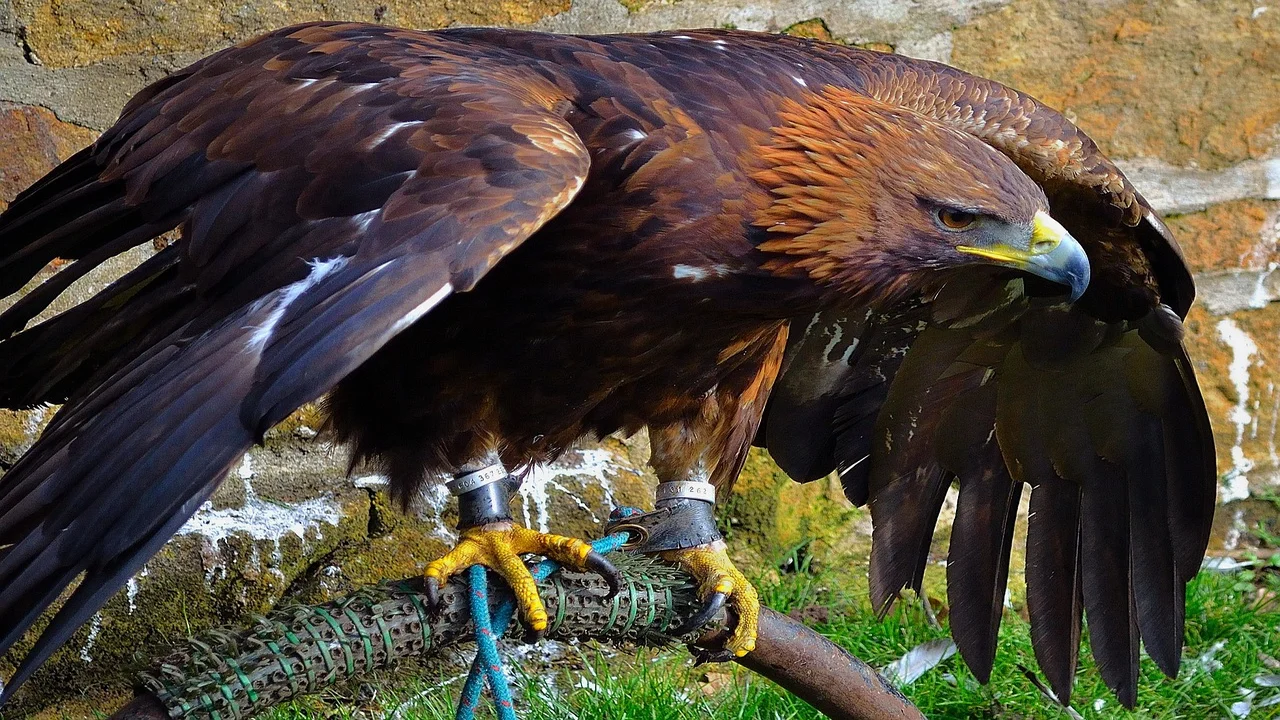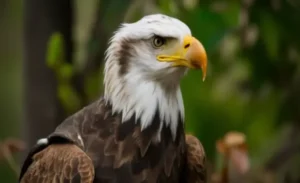Photographing Hancock birds is a wonderful undertaking that blends the excitement of natural life perception with the craft of photography. These birds, known for their lively tones and novel ways of behaving, give vast chances to dazzling pictures. However, capturing their beauty requires a sharp understanding of both the birds and the techniques of photography. In this broad aide, we will investigate ten fundamental techniques for photographing Hancock birds, preparing you to catch their beauty while exploring the challenges of natural life photography.
1. Understand Their Way of behaving
Understanding the way of behaving of Hancock birds is critical for effective photography. Every species has unmistakable propensities, and knowing these can assist you with expecting their developments. Invest energy in their environment, noticing their day to day schedules. Do they have explicit taking care of times? How would they collaborate with their current circumstance and one another? By recognizing these examples, you can situate yourself decisively for ideal shots.
For example, assuming you see that Hancock birds frequently feed in a specific region during the morning, you can design your photography meetings around these times. Moreover, understanding occasional ways of behaving can improve your prosperity. During mating season, for instance, you could observer romance showcases or territorial ways of behaving, which are fantastic open doors for dynamic photographs. Recording these ways of behaving can likewise enhance your storytelling and add profundity to your photography portfolio.
2. Pick the Perfect Opportunity

Timing is everything in photography, particularly with regards to capturing the energetic ways of behaving of Hancock birds. The brilliant hours — early morning and late evening — are the best times for outside photography. The delicate, warm light during these times improves the normal shades of the birds, making outwardly striking pictures. The low point of the sun can make lovely features and shadows that add profundity to your photographs.
Additionally, think about the climate and occasional circumstances. Cloudy days can be advantageous, giving diffused light that limits unforgiving shadows. This delicate light can upgrade the subtleties and shades of the birds, causing them to show up more energetic. Furthermore, various seasons can impact bird movement; for instance, relocation seasons frequently bring a flood of birds, setting out remarkable open doors to catch different species in a single area.
3. Utilize a Telephoto Focal point
A quality telephoto focal point is a basic tool for bird photography. This sort of focal point permits you to catch close-up pictures of Hancock birds without upsetting them. A central length of 300mm or more is great for photographing these birds from a good ways, permitting you to approach them successfully while keeping up with their regular way of behaving. The detail you can catch with a telephoto focal point is many times unmatched, empowering you to feature complex quill examples and exceptional articulations.
While choosing a telephoto focal point, think about extra elements that improve ease of use. Picture adjustment is urgent for lessening camera shake, particularly while shooting handheld. A wide gap (like f/2.8 or f/4) not just permits all the more light in for more clear pictures yet in addition makes a wonderful bokeh impact, obscuring the foundation and making your subject stand out. Putting resources into a strong mount or monopod can likewise give solidness, particularly during expanded shooting meetings.
4. Center around Sythesis
Sythesis is key in photography, impacting how the watcher draws in with your pictures. The standard of thirds is a crucial rule that can assist with making adjusted and drawing in photographs. Envision your edge separated into nine a balance of by two flat and two vertical lines. Situating the Hancock bird thusly or at their crossing points can make your picture more powerful and intriguing.
Notwithstanding the standard of thirds, investigate other compositional techniques. Driving lines — like branches, pathways, or even the skyline — can direct the watcher’s eye toward the bird. Normal casings, similar to leaves or blossoms, can improve your subject and make a feeling of profundity. Don’t hesitate for even a moment to explore different avenues regarding various points and viewpoints; at times, a slight change in place can decisively change the organization and state of mind of your photograph.
5. Show restraint
Persistence is a fundamental attribute for any untamed life photographer. Hancock birds can be unusual, frequently taking off or stowing away at the smallest aggravation. Track down a comfortable spot, set up your stuff, and stay still. Permit the birds to become accustomed to your presence; this could take time, however it frequently brings about more regular way of behaving and candid minutes.
During your holding up period, notice the environmental elements and take notes on the birds’ connections and ways of behaving. You could observer intriguing minutes — like taking care of or preparing — that can make for enamoring photographs. Persistence won’t just work on your possibilities having the ideal chance yet in addition upgrade your general involvement with nature, developing your association with the climate.
Think about bringing along a journal or a sketchpad to record your perceptions. This training can assist you with recollecting explicit ways of behaving and designs for future excursions, eventually further developing your photography abilities over the long haul.
6. Explore different avenues regarding Points

Trying different things with different points can essentially improve your bird photography. Rather than adhering to eye-level shots, consider squatting down or utilizing a low viewpoint. This approach can make a more private perspective on Hancock birds, permitting you to catch their novel elements and articulations. A low point can likewise give a feeling of greatness, featuring the bird against a sensational sky or bright foliage.
Alternately, shooting from above can give setting and showcase how the bird collaborates with its current circumstance. A higher vantage point can uncover subtleties that may be missed from eye level, offering another viewpoint regarding your matter. Embrace capturing Hancock birds from numerous points — each position can recount an alternate story and change up your portfolio.
7. Utilize Regular Light
Regular light is your best partner in natural life photography. Understanding how to use it successfully can raise your pictures. Try not to utilize streak, as it can surprise birds and disturb their way of behaving. All things being equal, depend on the nature of normal light to enlighten your subjects. Focus on how light communicates with the birds and their environmental factors.
On brilliant, radiant days, think about utilizing backdrop illumination to make outlines or side lighting to upgrade surfaces and subtleties. Cloudy days can give a delicate, even light that lessens brutal shadows, making it simpler to catch the multifaceted varieties and examples of Hancock birds. Seeing how light changes over the course of the day can assist you with expecting the best minutes to shoot.
8. Keep Your Camera Prepared
In untamed life photography, open doors can emerge suddenly, so being arranged is vital. Continuously keep your camera prepared, with your settings adapted to the circumstances. Look into your camera’s elements to guarantee you can respond rapidly when a Hancock bird shows up.
Using burst mode can be especially viable in capturing quick subjects. This mode permits you to make a few efforts in fast progression, expanding your possibilities getting the ideal second. Furthermore, consider customizing your camera settings in light of the sort of shot you expect. For instance, in the event that you expect activity shots, set a quicker screen speed to freeze the movement.
9. Catch Their Current circumstance
Integrating the climate into your photographs can add profundity and setting to your pictures of Hancock birds. Rather than exclusively zeroing in on the actual bird, consider how the encompassing components add to the general scene. Catch the branches they roost on, the blossoms they collaborate with, or the landscapes they occupy. This approach not just features the beauty of the Hancock bird yet additionally recounts its environment and way of life.
Utilizing foreground components can likewise improve your organizations. Blossoms, grasses, or other regular highlights can make layers in your photographs, adding profundity and interest. The connection between the bird and its current circumstance can uncover significant parts of its way of behaving and environment, enhancing your storytelling.
Furthermore, consider the seasons while arranging your shoots. Each season carries one of a kind perspectives to the climate that can impact the stylish of your pictures. Spring blooms, pre-winter leaves, or winter landscapes can give dazzling sceneries that supplement your subject.
10. Post-Handling Techniques
Whenever you’ve caught your pictures, post-handling turns into a fundamental stage in upgrading your photographs. Use altering programming to change openness, difference, and variety immersion to draw out the dynamic shades of Hancock birds. Fundamental changes, for example, editing and fixing, can likewise work on the general organization of your pictures.
While altering, endeavor to keep a characteristic look. Over-altering can take away from the realness of your photographs. Hold back nothing that showcase the beauty of the Hancock bird while saving its normal embodiment. Try different things with various altering techniques to find your special style, whether it’s upgrading tones, changing sharpness, or applying channels.
Consider making a predictable altering work process to smooth out your cycle. This can incorporate standard changes you make to each photograph, assisting with keeping a durable look across your portfolio. Also, sharing your altered pictures via virtual entertainment or photography platforms can gather criticism and motivate further enhancements.
End
Photographing Hancock birds presents the two rewards and challenges, requiring a mix of expertise, tolerance, and understanding. By employing these ten techniques—understanding their behavior, choosing the right time, using the appropriate gear, focusing on composition, practicing patience, experimenting with angles, utilizing natural light, staying prepared, capturing their environment, and refining your images through post-processing—you’ll be well-equipped to take stunning photographs of these beautiful birds.
As you embark on your photographic journey with Hancock birds, remember that each outing is a learning experience. The more you practice and apply these techniques, the more you will develop your unique style and improve your skills. Embrace the beauty of nature, and let your creativity flourish as you capture the incredible moments that Hancock birds offer. Each photograph is not just a record of a moment but a reflection of your journey and connection with the natural world.





More Post